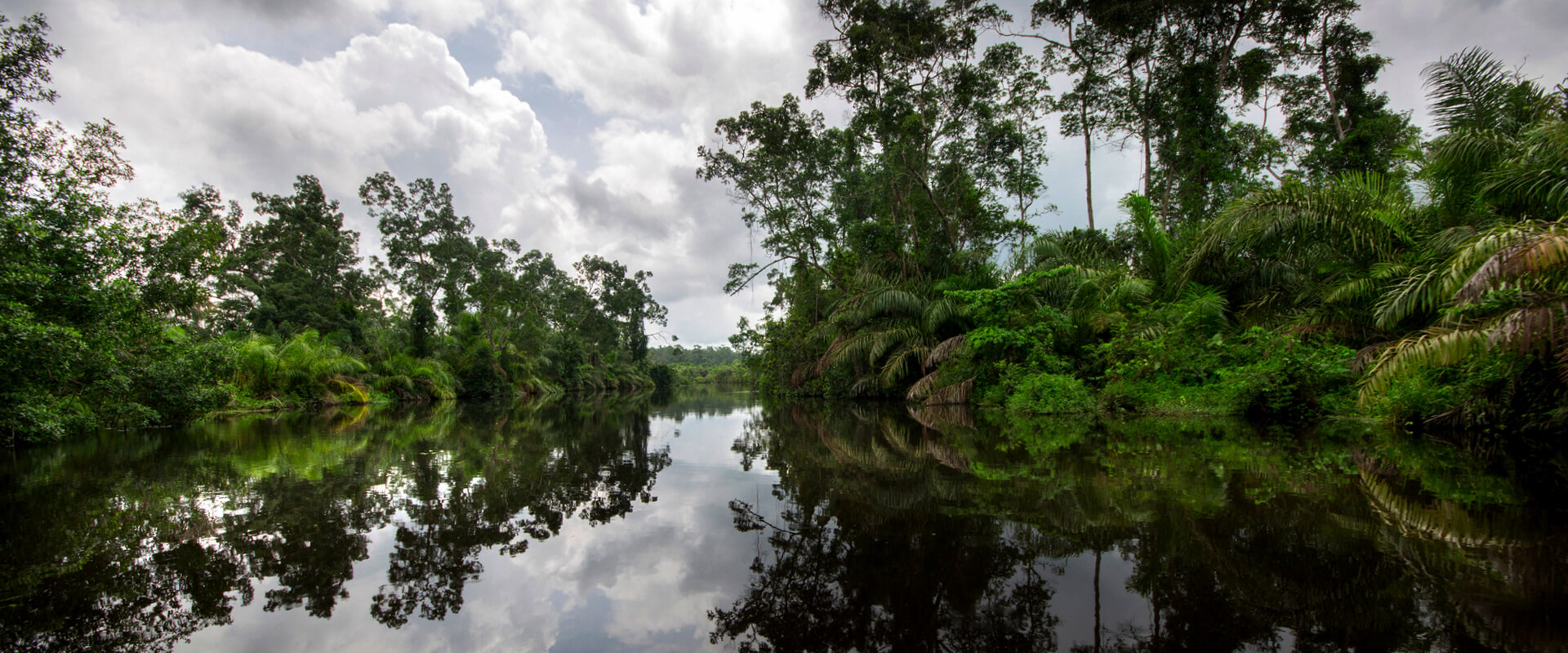
What to Pack?
What to pack? Planning a wildlife safari requires careful preparation.
Start with your International Certificate of Vaccination (yellow fever inoculation), travel insurance policy, your valid passport, visa and other important documentation.
Now, let’s move onto the other safari essentials. We have outlined the most necessary items to pack including the appropriate luggage bag to bring along with small medical kits, toiletries and your camera equipment when on safari. We also provide you with advice on the best clothing and footwear to wear on jungle and river treks especially with the tropical sun and heat, changing temperatures and at nighttime — even when taking a dip in a river or swimming the surf.
luggage
The weight and size of your luggage are limited; whether you’re travelling in a 4 x 4 wheel drive, by aircraft or by train. The most important thing is to travel with soft-sided bags without wheels and ‘go light.’
- Use a lightweight duffel [waterproof] or soft-sided bag for clothing
- Pack in your carry-on bag only essential items such as spare clothing, your travel documents, light toiletries, camera and medications
- Carry a light, waterproof back-pack for trekking as it will help protect any electronic items from the elements of weather [dust, mud and rain]
- Choose a bag that provides you with side pockets and internal sections, so you can easily locate the item you’re searching for
- Keep your documentation and passport safe at all times
- Leave any plastic bags at home. Go “green” in Gabon and use material bags where possible

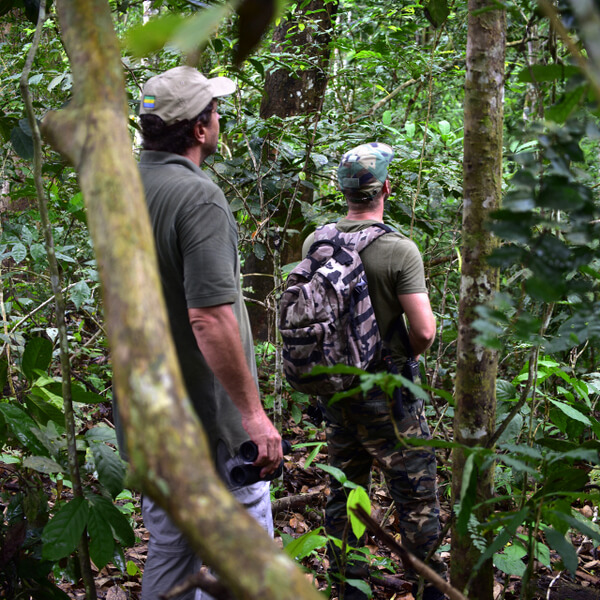
clothing
Pack only neutral colours and avoid blue, which is the colour that Tse tse flies are attracted to. Bright colours also attract other insects and may cause the wildlife to shy. Neutral colours such as beige and khaki are always best, especially with game viewing.
- Pack light layers of clothing for both hot and cold temperatures, especially long-sleeve shirts and trousers during the winter. You will also need to wear long-sleeve shirts to keep the mosquitos at bay during the rainy seasons
- Shorts, T-shirts, several pairs of socks, a light rain jacket
- Sports bra for women, swimsuit and sunglasses
- Hat to protect your face. A bandana is also great for wiping perspiration away
- Sarong [for men or women] to wrap around
- Light back-pack that you can take with you on daily trips
-
If you intend to visit any formal gatherings, long pants, closed shoes and button shirts are required
footwear
On safari, choose comfort over style. With any footwear, your shoes need to fit and provide you with excellent cushioning. Remember, your feet are at their largest late in the day so test them with socks if you’re buying a new pair for your trip.
- A pair of lightweight sneakers or trail runners with a synthetic upper in preference to leather. They will allow your feet to breathe and won’t need to be broken-in like leather shoes.
- We recommend that you choose a pair that have already been broken in and have good tread.
- Hiking boots are only necessary if you’re trekking up a mountain.
- Flip-flops or sandals; comfortable footwear to wear at camp or for swimming.
- It is important to remember that the weather is mostly hot and humid. Looking after your feet is vital.
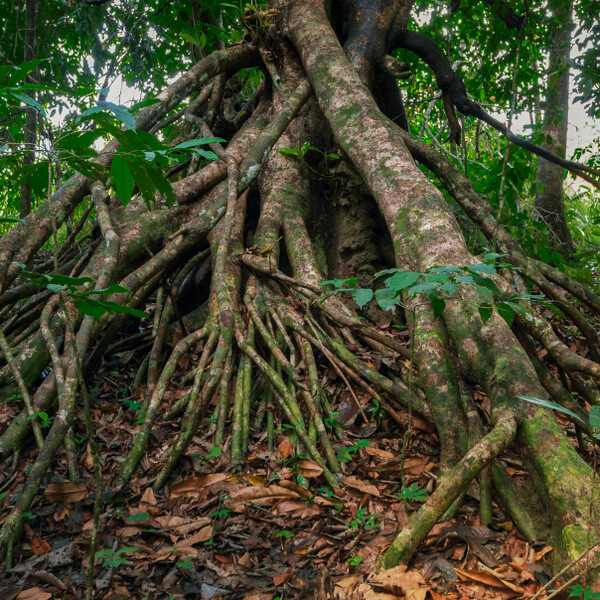

toiletries
Leave your hairdryer at home and carry only light cosmetics. On safari, the most important thing is to protect your face from the sun at all times.
- Pack toiletries in a clear [see-through] toiletry bag for customs.
- Pack the essentials such as soap, toothpaste, toothbrush, hairbrush, shampoo, eye drops, tweezers, etc.
- Sunscreen [SPF 30 or higher] and moisturiser.
- Insect repelent for your arms and legs.
- Mini tissues, cotton buds and wet wipes for personal hygiene.
- Antiseptic soap
- Nail scissors, file, clippers and tweezers.
medical kit
Come prepared. Here are our recommended over-the-counter medical items you should pack in your carry-on luggage and always keep them handy any jungle trail.
- Anti-diarrheal medications
- Anti-malaria medications
- Hand sanitiser
- Codeine and aspirin
- Antiseptic wipes or cream and anti-histamine cream
- Plasters or band-aids
- Tweezers
- Any prescriptions
- Eye drops
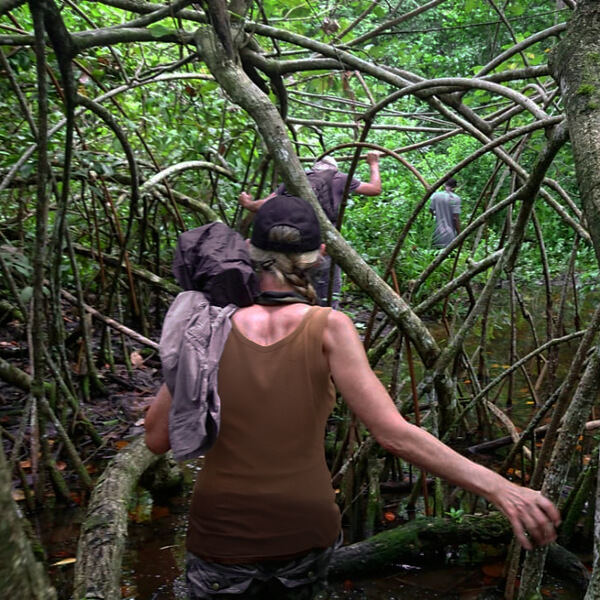
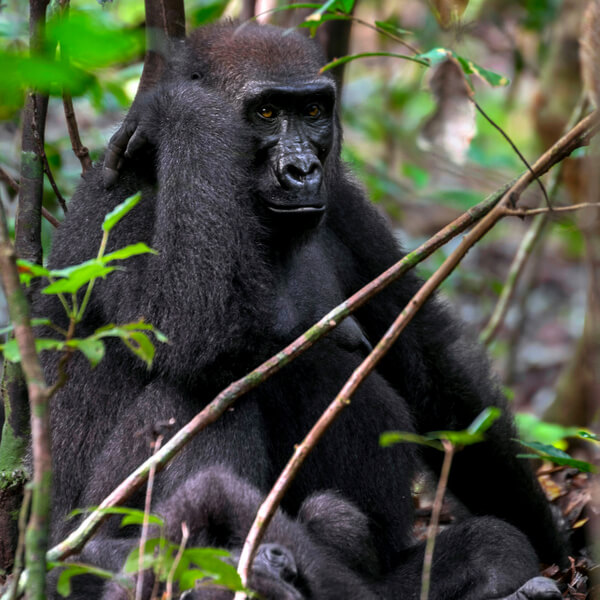
equipment
No trip is complete without a checklist. Here are a few essential items you should never leave home without so you can snap away, record notes, view wildlife through the lens and stay connected when there is WiFi.
- Camera and telephoto lens
- Charger or batteries
- Extra memory card
- Smartphone [when reception is available]
- Universal plug converters
- Binoculars
- Eyeglasses instead of contacts
- Small flashlight if you don’t have your phone
- Notebook or journal and pen
documentation
It is important that you have the following documentation in place before you leave home. Also, carry spare copies in case of an emergency and leave a copy of your passport, medical information and itinerary with a friend or family member.
- Have a current passport that has been valid for six months
- Yellow Fever inoculation card.
- Credit cards: Mastercard and Visa. [Amex and Travellers Cheques are not accepted].
- Printed copy of your eVisa.
- Euros or US dollars to convert to Communauté Financière Africaine Francs [XAF]
- Travel insurance policy in the unlikely event of a medical emergency.
- An an emergency contact name and number

